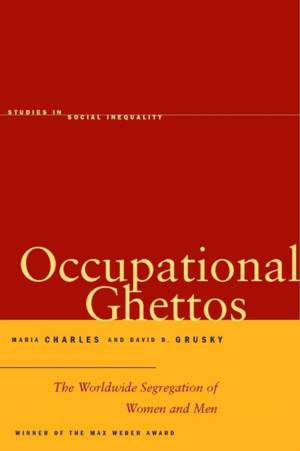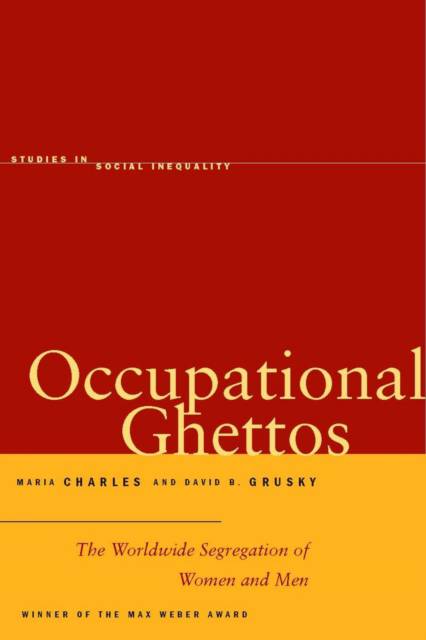
- Retrait gratuit dans votre magasin Club
- 7.000.000 titres dans notre catalogue
- Payer en toute sécurité
- Toujours un magasin près de chez vous
- Retrait gratuit dans votre magasin Club
- 7.000.0000 titres dans notre catalogue
- Payer en toute sécurité
- Toujours un magasin près de chez vous
Description
The last half-century has witnessed dramatic declines in gender inequality, evidenced by the rise of egalitarian views on gender roles and the narrowing of long-standing gender gaps in university attendance and labor force participation. This development, while spectacular, has been coupled with similarly impressive forms of resistance to equalization, most notably the continuing tendency for women to crowd into female "occupational ghettos." This book answers the important questions: Why has such extreme segregation persisted even as other types of gender inequality have lessened? Why is segregation especially extreme in precisely those countries that appear most committed to egalitarian reform and family-friendly policies?
Spécifications
Parties prenantes
- Auteur(s) :
- Editeur:
Contenu
- Nombre de pages :
- 400
- Langue:
- Anglais
- Collection :
Caractéristiques
- EAN:
- 9780804753296
- Date de parution :
- 26-07-05
- Format:
- Livre broché
- Format numérique:
- Trade paperback (VS)
- Dimensions :
- 159 mm x 235 mm
- Poids :
- 557 g

Les avis
Nous publions uniquement les avis qui respectent les conditions requises. Consultez nos conditions pour les avis.






